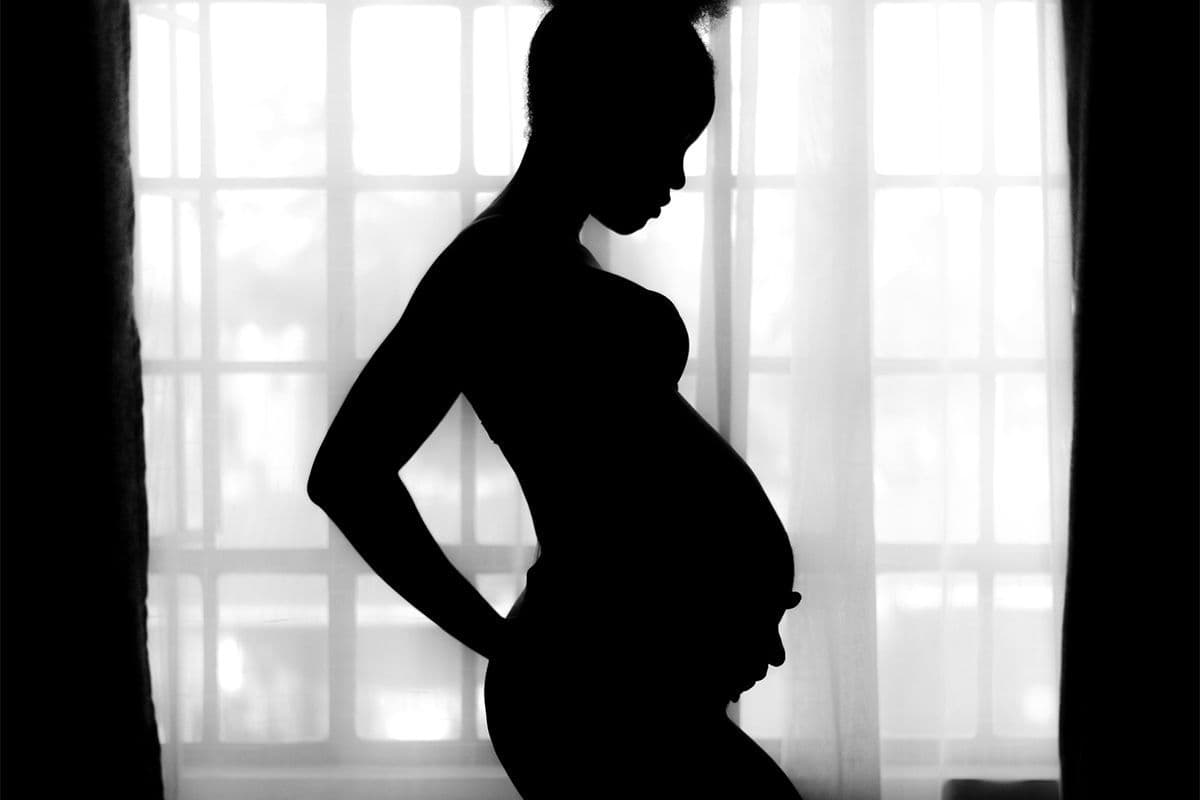How JFK Changed Preemie Medical Knowledge
Celebrity Baby and Pregnancy
Obie Editorial Team
Patrick Bouvier Kennedy was born on August 7, 1963. He weighed less than five pounds, was five and a half weeks early, and was delivered by emergency cesarean section (C-section). Shortly after his birth, Patrick was diagnosed with hyaline membrane disease, which is known today as infant respiratory distress syndrome (IRDS). It was all too much for the tiny baby. He lived only 39 hours.
Patrick’s parents — US President John F. Kennedy and his wife, Jacqueline (née Bouvier) — were two of the most well-known people in the world. They had wealth, fame, and access to the world’s most advanced medical care and yet their second son did not survive. His mother spent only minutes in his presence. Premature babies were medical mysteries at that time; no one knew how to save him.
In 1963, the only care available to babies born prematurely was warm incubators and warm-hearted nurses. Preemies had a 48-hour outlook; if they survived the first two days, their chance of surviving even longer was said to be good.
Surviving the first 48 hours did not promise smooth sailing for a premature baby in 1963, however. Then as now, preemies are in danger of blindness as well as neurological and cognitive impairments and other complications. Mental impairment was of particular concern to President Kennedy, whose younger sister Rosemary was “mentally retarded,” the term used in those days to indicate neurological disabilities.
Approximately 25,000 premature babies born in the 1960s died from hyaline membrane disease (infant respiratory distress syndrome) each year, making it the leading cause of preemie death at that time. Today, fewer than 1,000 babies die from IRDS each year.
The Kennedy baby did not die in vain, however. His short life marked the beginning of an explosive investigation into the causes of premature birth and the needs of premature babies. Effective diagnostic technologies and treatment options were developed and continue to be perfected as medical science advances. Patrick Kennedy’s lasting legacy is the highly specialized field of research and medical care known today as neonatology.
Millions of babies are alive today because of medical discoveries spurred by Patrick Kennedy’s life story. If born today, he’d have more than a 95% chance of survival.
Patrick’s birth was not the only heartache in the Kennedy nursery. Jackie Kennedy suffered a miscarriage in 1955 and, in 1956, gave birth to a stillborn daughter they planned to christen Arabella. Mrs. Kennedy’s surviving children — Caroline, 5 years old when Patrick was born, and John Jr., then 2 — were both delivered by C-section.
Source: Altman, Lawrence K., MD. “A Kennedy Baby’s Life and Death.” The New York Times. The New York Times Company. July 29, 2013. Web. May 11, 2014.









